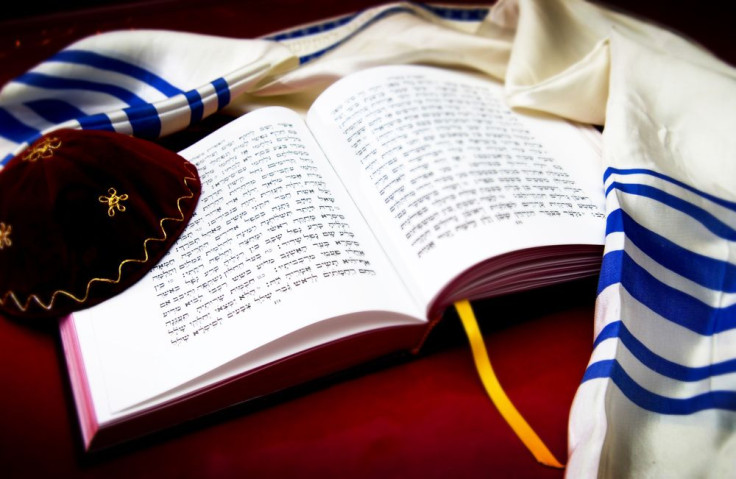
We’ve already rang in the Jewish New Year celebrating Rosh Hashanah, and enjoyed the wonderful traditions that came with it. That was the first of the High Holy Days, a day believed to be the anniversary of the creation of Adam and Eve, the first man and woman, and their first actions toward the realization of humanity's role in God's world. Now it’s come the time to celebrate the second of the High Holy Days, Yom Kippur, or the Day of Atonement. This year, it starts at sundown, on September 29, and ends at sundown on September 30, 2017. Here are 7 things to know about it.
1) Yom Kippur falls ten days after Rosh Hashanah on the 10th of Tishrei, which is a Hebrew month that correlates with September-October on the secular calendar. Jewish people traditionally observe this holy day with an approximate 25-hour period of fasting and intensive prayer, often spending most of the day in synagogue services.
2) Yom Kippur is considered to be the holiest day of the year for the Jewish people. Its central themes are atonement and repentance. The name “Yom Kippur” literally means “Day of Atonement,” and it is a day set aside to “afflict the soul,” to atone for the sins of the past year. The purpose of Yom Kippur is to bring about reconciliation between people and between individuals and God. According to Jewish tradition, it is also the day when God decides the fate of each human being.
3) This day is, essentially, your last appeal, your last chance to change the judgment, to demonstrate your repentance and make amends. Although the Holy Day atones only for sins between man and God, there’s a way to atone for sins against another person: You must seek reconciliation with them before Yom Kippur and make amends.
4) After Rosh Hashanah, the ten days leading up to Yom Kippur are known as the Ten Days of Repentance. This is the period when Jews are encouraged to seek out to people they’ve offended and sincerely request for forgiveness so the New Year begins with a clean slate. If forgiveness is denied, you should ask at least two more times. Rabbis thought it was cruel for anyone to withhold their forgiveness for offenses that had not caused irrevocable damage.
5) Yom Kippur falls on a Sabbath this year, although it could fall on any other day of the week. No work can be performed that day. There are also certain restrictions that are followed. Many Jewish people refrain from eating and drinking (even water), which is called fasting, but there are exceptions for fasting if a threat to life is involved. Children under nine and women in childbirth are not permitted to fast even if they want to. Older children and women from the third to seventh day of childbirth are permitted to fast, but they can break the fast if they feel the need to do so. People with illnesses should consult their physician and rabbi.
6) Other restrictions are washing and bathing, anointing one’s body, engaging in sexual relations and wearing leather shoes. The prohibition against wearing leather comes from a reluctance to wear the skin of a slaughtered animal while asking God for mercy. It is customary to wear white, which symbolizes purity and calls to mind the promise that our sins shall be made as white as snow.
7) Yes, Yom Kippur is an intense holiday, but is viewed as a happy day. If you have observed the holiday properly, by the end of it you will have made peace with others and with God.
© 2025 Latin Times. All rights reserved. Do not reproduce without permission.






